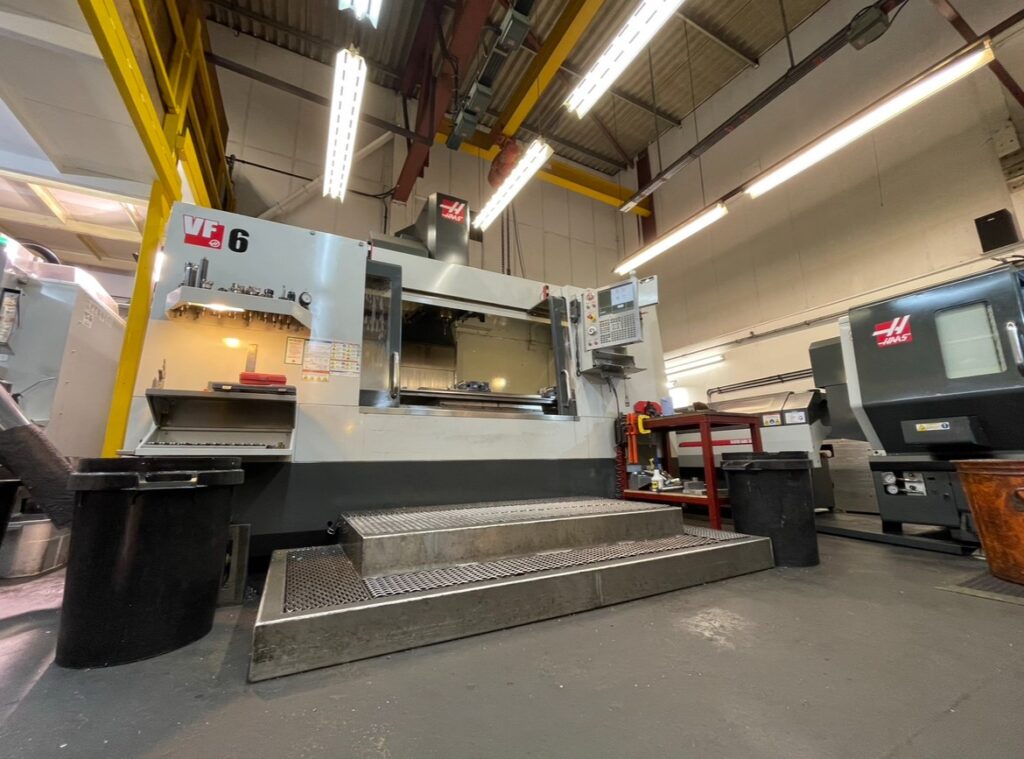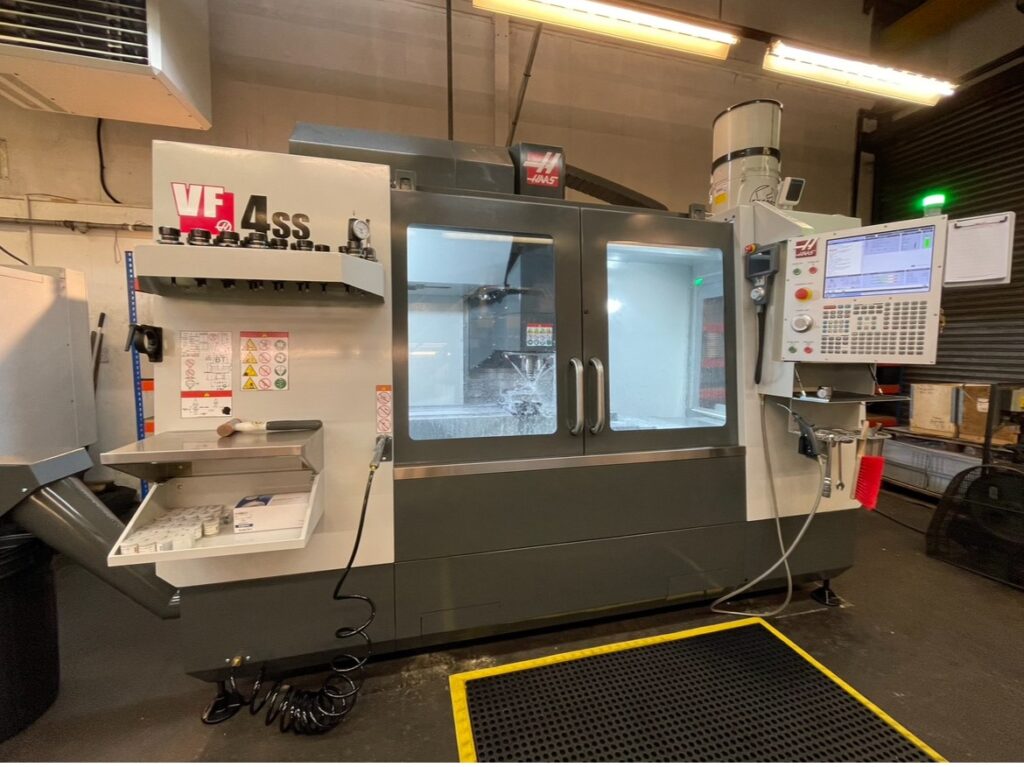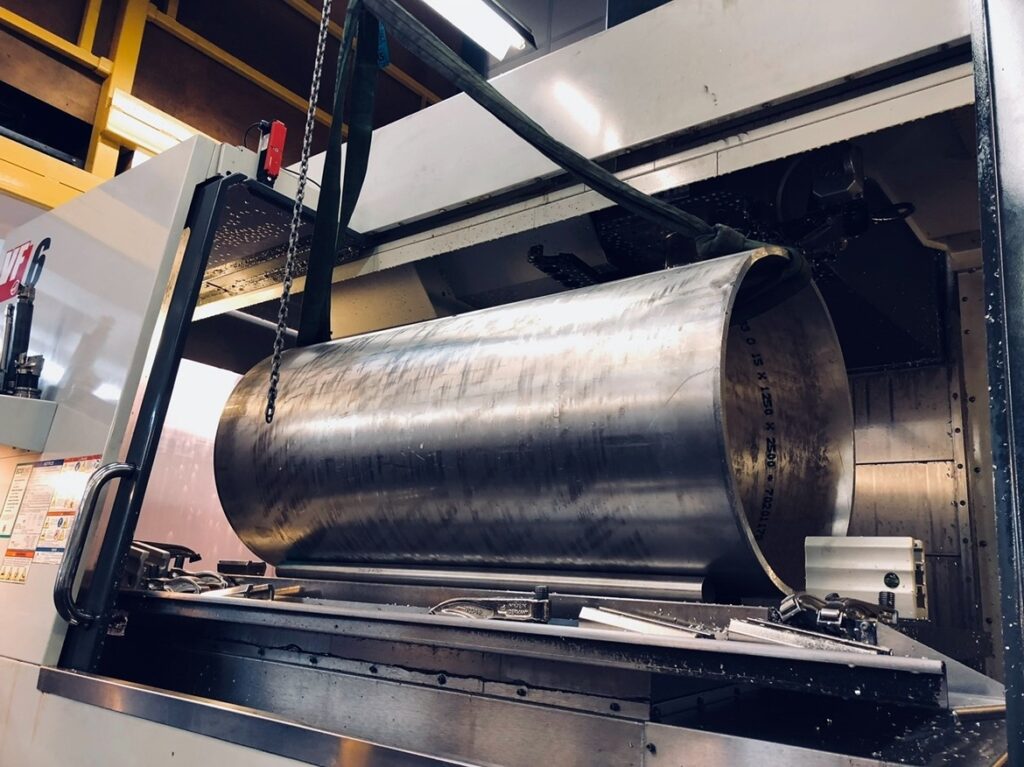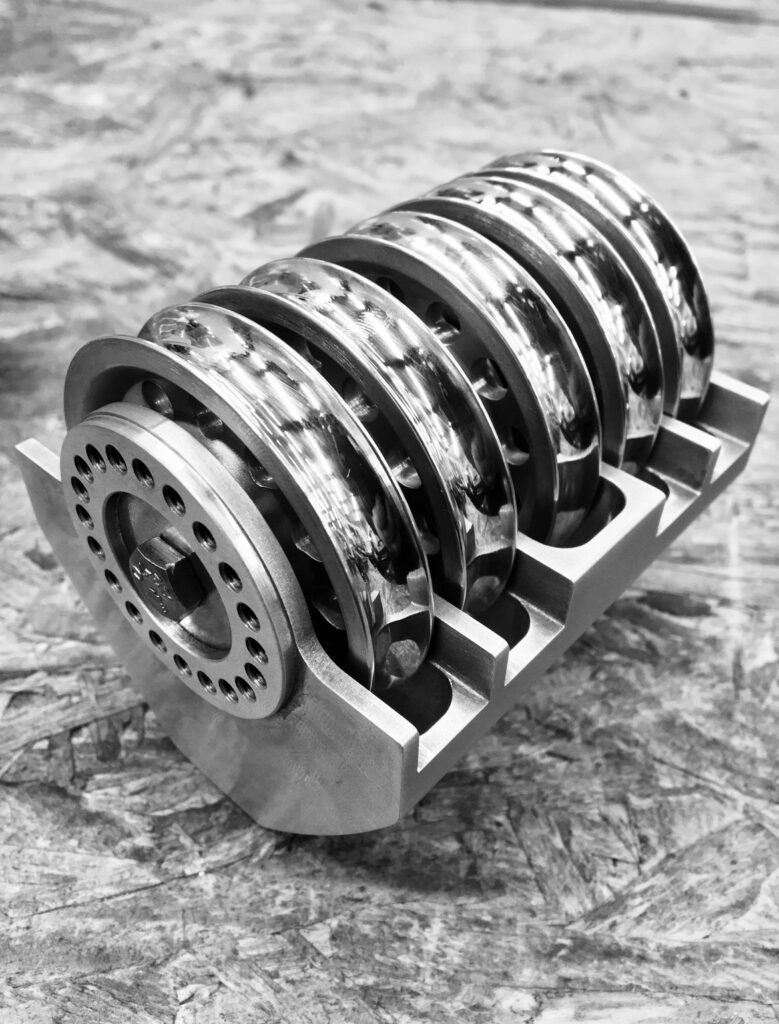Hercules: Engineering Across Continents
Hercules, established 50 years ago, brings extensive practical experience serving operators of vessels and industrial plant across the UK, Europe, and worldwide. Hercules’ skilled team offers a complete service covering hydraulic, pneumatic, electrical and mechanical engineering from their two sites in Dartmouth and Paignton. In prototyping and testing, Hercules adeptly transforms customer ideas into reality, ensuring that projects of all sizes meet expectations while staying within budget constraints. Hercules’ engineers regularly travel to all corners of the world to oversee installations, guaranteeing smooth operations.

“A large number of orders placed are for our own products” explains director Lee Drury; “largely parts for offshore windfarm support vessels such as winches, thrusters, and watertight deck hatches. We also manufacture parts for super yachts and racing yachts, “It’s niche work and is very complex, we’re machining a variety of materials such as stainless steels, Titanium, Bronze, and specialist composites.
Lee began his career with the company, aged just 17. While first learning the trade on manual machines, he read engineering magazines and was captivated by pictures of workshops full of Haas CNC machines. “This was how I wanted to work. It was honestly a dream of mine.” Lee convinced his then boss to consider investing in a Haas machine. “We went to see a Mini Mill being demonstrated at first, and came away with a VF-2 and a TL-1.”

The Haas VF-2 vertical machining centre and TL-1 Toolroom Lathe were quickly followed by a Mini Mill. “The machines have changed the way we manufacture, they have opened so many doors. We can design in a way we couldn’t before because of what we can now produce.”
The purchase of a VF-6 large frame vertical machining centre took manufacturing to a new level. The VF-6 has a 1,626 mm x 813 mm x 762 mm work envelope, 8,100 rpm direct drive spindle and 30 + 1 side mount tool change. “As the business grew, so did the machines. We were milling our winches and deck hatches manually. With the VF-6 on board we’re now 95% automated and our numbers are through the roof because we can make more parts.

“It’s the same with our CNC turning operations. We bought a larger lathe and it runs all day.” Hercules opted for the Haas ST-25 turning centre with tailstock and bar feeder. “We had a manual lathe which produced small batches; now we simply load the barfeeder and it makes thousands of components in the same time.”
The team has recently enhanced its two latest vertical machining centres with Haas/Renishaw wireless probing options. “We needed to keep up with demand and the probes have helped us massively. They’ve reduced set up times and improved quality and reliability. Most importantly, they free up our operators to get on with other things rather than clocking in a job manually. The probe system gives us peace of mind; we’re now running the machines unmanned more often, both during the day and into the night. I wouldn’t buy another machine without the wireless probing option; I can’t imagine not having it to hand.”

Hercules’ latest acquisition is a Haas VF-4SS Super Speed vertical machining centre with 12,000 rpm spindle and Next Gen control. Lee added through spindle coolant and high speed machining options. “The options reduced cycle and labour times. You can see the difference in technology in the work it produces. The in-line spindle is so quiet and smooth and the Next Gen control is a pleasure to use. It’s very user friendly and the touch screen and easy layout really appeal to the younger operators, it’s always surprising how familiar people seem to be with the control, and how little learning curve there is.
“It’s important for us to bring the next generation into engineering. Haas has installed CNC machines in several local colleges, so new operators will come to us with useful knowledge and skills. It’s critical to invest in people; it secures all our futures.

“The machines are assistive; we upload photos, videos and notes onto the screen using the media display so programmers can communicate directly with operators; the information is right in front of them at the machine. We move apprentices around from mills to lathes with confidence because everything from the controls to the tooling is common; it’s a big catch.
“Our Haas sales manager, Rene, was originally an engineer working exclusively on Haas machines, so he understands the product and helps us technically, but he’s also a become a friend. If we have a query, we call either him or our local engineer and they sort us out over the phone. Haas has changed our company; we wouldn’t be doing what we do now without them.”

“It’s important for us to bring the next generation into engineering. Haas has installed CNC machines in several local colleges, so new operators will come to us with useful knowledge and skills. It’s critical to invest in people; it secures all our futures.”
Lee Drury, Director




